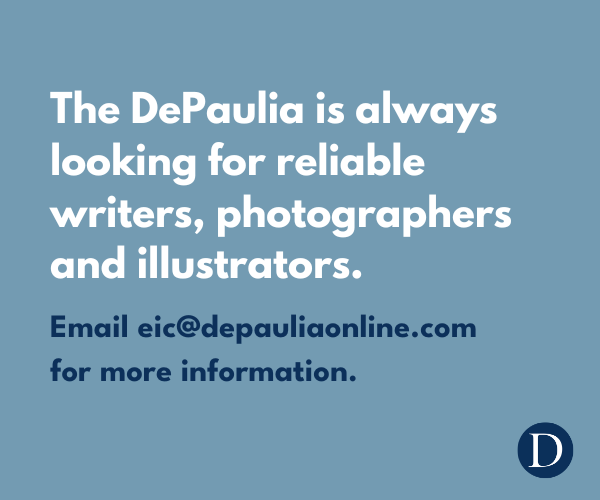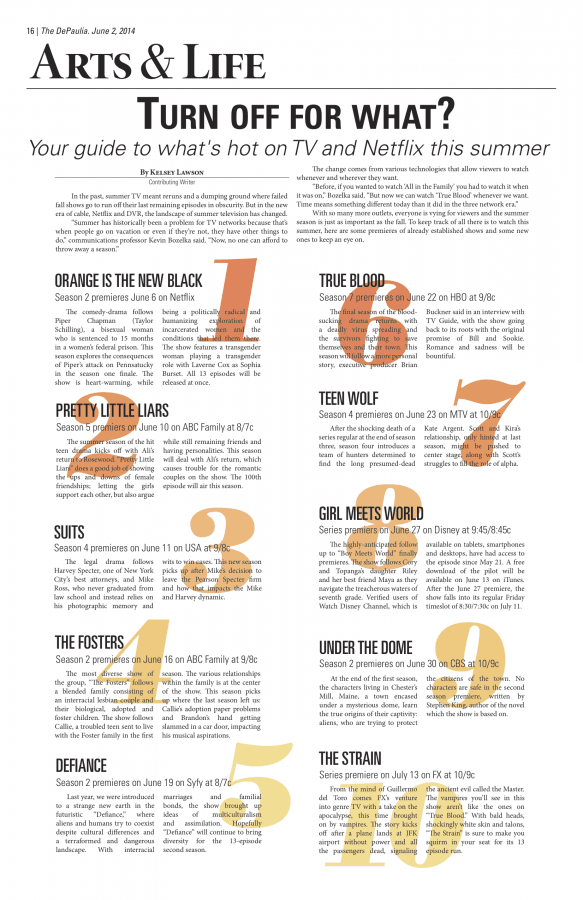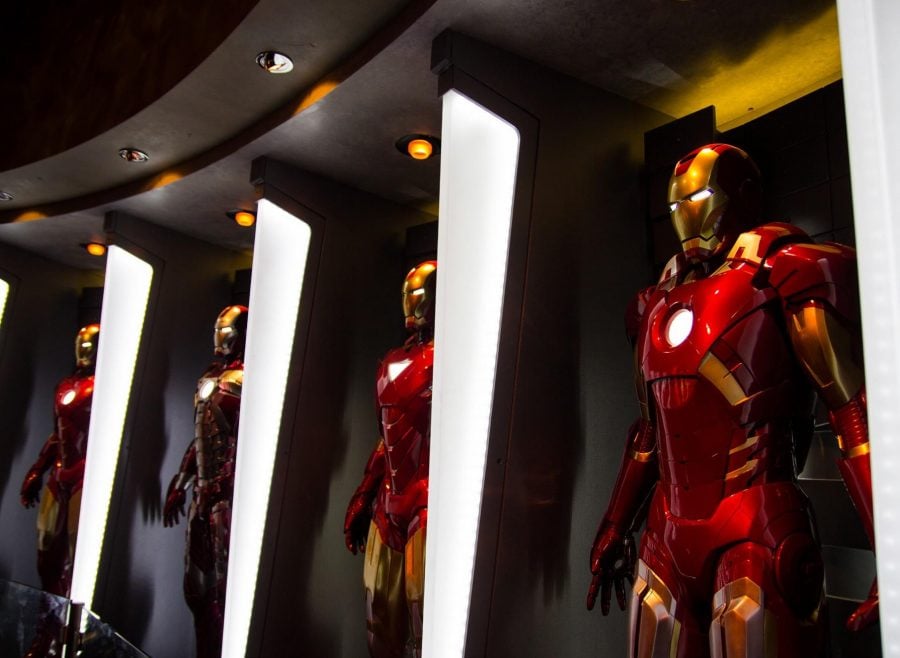Growing up, I was a tomboy. I hung out with my brothers, played contact sports in the street and watched movies about boys that were aimed at boys. The older I got, though, the more I tried to find movies and shows that showed me on screen. I could find my brothers easily in the spunky heroes and crime fighters, but they weren’t who I was looking for; I wanted to find a girl I could identify with. This has led to where I am now: extremely passionate about media and its lack of female representation.
Superhero movies in particular are important to me. I strongly feel that these movies inspire us to achieve more than what we think we’re capable of. Superheroes are oftentimes ordinary people who have extraordinary gifts. They provide us with hope and the courage to stand up for what is right. But more importantly, I think we can all find ourselves in these characters. Each superhero brings something unique to the table, with a particular trait someone can identify with.
Since the introduction of the Marvel Cinematic Universe, where two Marvel movies are released each year, I’ve had a lot of superheroes to choose from. Not all superhero movies come from Marvel, but certainly the majority. However, something is still missing: Where are all the women?
Think back on the last five years. All of the top-grossing superhero movies for each year have male leads. “X-Men Origins: Wolverine” in 2009. “Iron Man 2” in 2010. “Thor” in 2011. “The Avengers” in 2012. “Iron Man 3” in 2013. So far in 2014, “Captain America: The Winter Soldier” and “The Amazing Spider-Man 2” have brought in an awful lot of cash and, you guessed it, have male leads. In fact, every superhero movie from 2009 to now features a male lead. That doesn’t mean these movies don’t feature women in prominent roles, though. “Iron Man 2” gave us the introduction of Natasha Romanoff, aka the Black Widow, played by Scarlett Johansson. Since, she has had major roles in both “The Avengers” and “Winter Soldier.” But she still hasn’t gotten a standalone movie, despite Thor, Iron Man and Captain America all receiving not just one standalone but multiple sequels. Marvel has movies planned up through 2028 but no firm plans for any female-led films.
The Center for the Study of Women in Television and Film releases a report each year on Hollywood’s gender imbalance. For 2013, the report found that only 30 percent of the speaking characters in the top 100 films for the year were female and made up only 15 percent of the main characters. Another staggering statistic? More than half of moviegoers were women, when the stories being told were about men 85 percent of the time. The notion that women won’t buy tickets just isn’t true.
But it would be a risk to make a female-led superhero movie, right? Because it just hasn’t been done before, who knows if it would bring in any money? Two recent franchises dispel this notion. “The Hunger Games” has already grossed more than $1.5 billion and still has two more movies to go. “Divergent” grossed more than $250 million and has multiple sequels lined up. Both franchises feature young women in powerful, lead roles. Katniss Everdeen and Tris Prior might not be superheroes in the traditional sense, but they sure do kick butt. These are the kinds of characters I wanted to see growing up. Girls who fought, girls who were in traditionally masculine roles. Katniss is no damsel in distress. Tris does not stand down and let anyone take advantage of her. So is it really asking too much to see a woman don a mask and costume?
The lack of female superhero movies is not caused by a lack of characters to choose from. Black Widow has already been established in multiple Marvel movies. However, during this year’s press tour for “Winter Soldier,” when asked about a standalone Black Widow movie, Marvel’s President of Production Kevin Feige was quoted as saying he is proud of the way Marvel handles female characters, and explained that what is great about Black Widow is “the interaction with all the team members… Frankly, if we do a Black Widow movie after ‘Age of Ultron’ [the ‘Avengers’ sequel], when she’s been central in three or four movies, I don’t think we’d get the quote unquote credit for it. People would say she’s already a big giant superhero.” What Feige fails to understand is being a supporting character is not the same as being the lead. It is important for women to see female superheroes in central roles.
But when you take a step back, who’s making movies? In 2013, the New York Film Academy dug into the gender inequality in film, both on screen and behind the scenes. They found that for every woman working in Hollywood, there are five men. In 2012, 91 percent of directors were men, 85 percent of writers were men, 83 percent of producers were men and 98 percent of cinematographers were men.
These numbers need to change. With the majority of moviegoers being women and the rise of the young female protagonist, hopefully Hollywood will listen.
DC Comics is already taking steps in the right direction. In January, Warner Bros. announced that Israeli actress Gal Gidot signed a three-picture deal to play Wonder Woman. Granted, the steps they’re taking are small. Gidot will first appear in the Batman-Superman movie set to be released in 2016, then in a Justice League movie before she gets a standalone, letting the studios see if the audience responds positively. Change has to start somewhere; one step is better than none.
Not only does change need to occur regarding the amount of women on screen, but the type of women presented as well. While I am calling for more women in leading roles, I am failing to mention the lack of diversity in the roles that already exist. More statistics from the 2013 Center for the Study of Women in Television in Film state that of the female characters in the 100 highest grossing films of the year, 73 percent were Caucasian. 14 percent were African-American, 5 percent were Latina, 3 percent were Asian and 3 percent were alien or fantasy races. The lack of diversity and representation of women is staggering and unfathomable.
I truly believe superheroes are important. They tell us to always strive to be the best version of ourselves. They are a symbol of hope, not just for the characters in the fictional world, but for those of us living here, too. Representation in these movies is crucial. “The Winter Soldier” featured Marvel’s debut of the Falcon, portrayed by Anthony Mackie, an African- American. On the press tour, Mackie was quoted as saying, “When I first got this role I just cried like a baby because I was like, ‘Wow, next Halloween, I’m gonna open the door and there’s gonna be a little kid dressed as the Falcon.’ That’s the thing that always gets me. I feel like everybody deserves that.”
Maybe someday soon, I won’t have to ask where the superhero who looks like me is.




